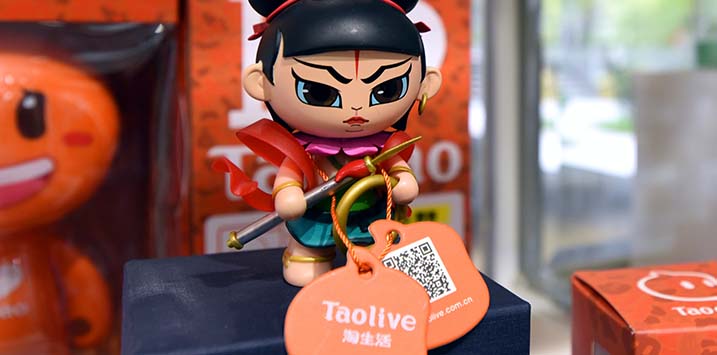
Chinese tech giant Alibaba keeps growing
Over the month of June 2021, the Polen Capital Global Growth Fund delivered a return of 6.46 per cent, outperforming the benchmark, the MSCI ACWI, in Australian Dollars, by 2.0 per cent. And over the June 2021 quarter, the Fund put on 10.91 per cent for an out-performance of 1.96 per cent. Today we look at a top 10 holding in the Fund, Chinese e-commerce backbone Alibaba (HKG: 9988).
Located in Hangzhou, Alibaba is the backbone of commerce in China. Alibaba first provided a digital marketplace that enabled consumers to purchase a much broader assortment of goods than were available in China’s disorganised physical retail market and today is utilising its broader set of assets to improve both the online consumer and merchant experience as well as the physical retail market.
Alibaba’s gross merchandise volume, or the value of all goods purchased on its marketplaces (Taobao (consumer-to-consumer) and Tmall (business-to-consumer)), has risen to more than US$800 billion annually, which is larger than the entire US retail e-commerce market.
Alibaba has more than 700 million mobile monthly active users, which represents almost all of China’s online shopper population. The average shopper spends greater than US$1,000 on the platform, which rivals Amazon despite a much lower level of income for Alibaba’s shoppers.
The average user opens the Taobao app 7 times daily – much higher engagement than Amazon – in part because Alibaba has added social functionality such as influencer live streams that cause users to spend more time in the app.
Taobao is a marketplace where Alibaba doesn’t charge merchants commissions on items sold today and instead relies primarily on the advertising dollars that merchants pay to differentiate themselves from the millions of other merchants on the platform.
Tmall is also a marketplace and charges merchants about 2.2 per cent average commissions on items sold today.
As Alibaba accumulates more data and improves its ad formats and measurement techniques, ads should become more targeted and engaging, allowing merchants to pay more for ads and still achieve satisfactory returns on their advertising investments.
Taobao + Tmall’s effective take rate (revenue divided by gross merchandise volume) is still less than four per cent today, which is low and has plenty of room to grow. Core marketplace operating margins are over 60 per cent since this is a high-margin marketplace model.
Meanwhile, investments in other areas that strengthen the ecosystem, lower the company’s margins. These include Lazada (SE Asia ecommerce), Cainiao (logistics JV), New Retail (investments in physical retailers), cloud computing, Youku (online video) and Ele.me (local delivery). While these investments have lowered operating margins to around 30 per cent they have simultaneously allowed revenue to grow faster for longer.
Primary competition is JD.com. JD has taken the Amazon approach by bringing delivery and logistics fully in-house. This approach can allow for a cleaner user experience from order-to-delivery, but Alibaba has closed the delivery gap through its Cainiao logistics JV.
Alibaba has billions in net cash, a circa 20 per cent Return on Equity, stable core marketplace margins and overall margins that should stabilise in the medium-term as newer businesses scale. Free cash flow exceeds Non-GAAP Earnings Per Share and the company enjoys double-digit organic revenue growth.
If you would like to learn more about the Polen Capital Global Growth Fund, visit the fund’s web page:
POLEN CAPITAL GLOBAL GROWTH FUND
The Polen Capital Global Growth Fund owns shares in Alibaba. This article was prepared 14 July 2021 with the information we have today, and our view may change. It does not constitute formal advice or professional investment advice. If you wish to trade Alibaba you should seek financial advice.